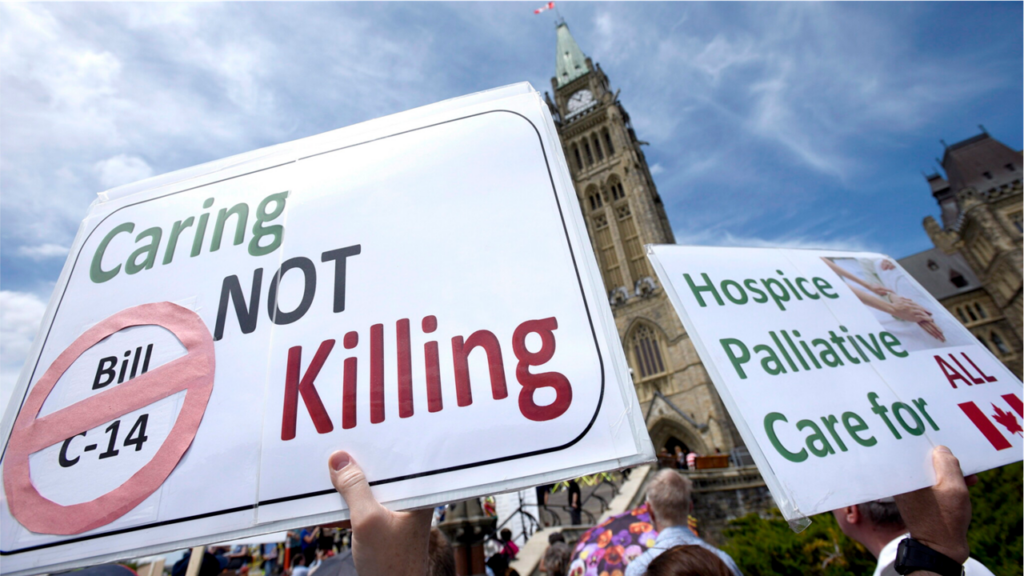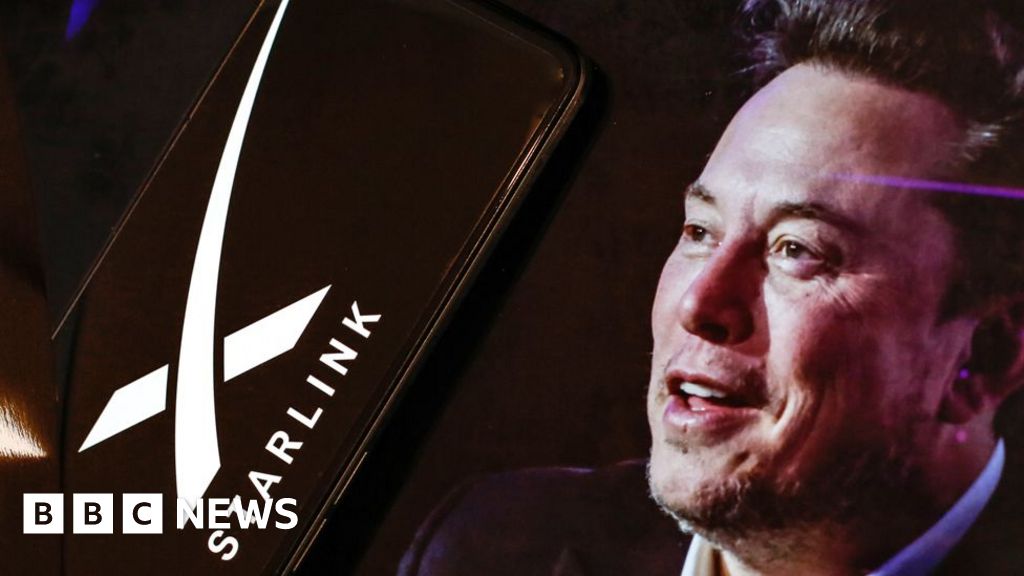Showdown Looms Over Trump’s DEI Ban In Public Schools

Authored by Aaron Gifford via The Epoch Times (emphasis ours),
Several blue states have joined New York in resisting federal efforts to end diversity, equity, and inclusion (DEI) programs in public schools.
Leaders in California, Minnesota, New York, Oregon, Wisconsin, and Washington said they wouldn’t provide a signed statement to the federal government by an April 24 deadline to certify compliance with President Donald Trump’s executive order prohibiting practices such as diversity training, affinity groups by race and gender, preferential hiring practices by race, and classroom curricula that include progressive ideologies such as critical race theory.
The federal correspondence sent to state education agencies asked leaders to report back on behalf of all their school districts. New York was the first state to dismiss the request, and the other states followed suit last week.
“There is nothing in state or federal law—including Title VI—that outlaws the broad concepts of ‘diversity,‘ ‘equity,’ or ’inclusion,’” David Schapira, California Department of Education deputy superintendent, wrote in an April 11 letter to school districts.
States and districts that don’t comply risk losing federal education funding in accordance with Civil Rights law and a 2023 Supreme Court decision banning racial preferences in college admissions, the federal letter states.
It’s unclear where other states stand in this process. The Department of Education informed The Epoch Times that Puerto Rico, a U.S. commonwealth, had complied with the order, but the agency had not reported updates by state.
The New Hampshire Department of Education’s website updates certification compliance by district.
Rural districts in states that oppose the order are caught in the crossfire. Many depend on higher percentages of federal Title 1 funding than urban districts because they serve low-income student populations and don’t have a strong property tax base.
School officials said these districts have DEI statements on their websites in accordance with state laws put in place years ago, but they don’t necessarily engage in affinity groups for minority teachers or students or mandate culturally inclusive instruction practices.
Jaime Green, superintendent of the Trinity Alps Unified district in Northern California, which depends on federal funding to make up for tax-exempt forest land, said he never received a letter from his state’s Department of Education asking him to disclose information about his district in this matter.
“I’m hoping that locally elected board members would be considered in each state’s decision as we believe in local control,” Green told The Epoch Times.
His district’s website does not show any indications of DEI practices that would be outlawed. It lists all current laws for protecting staff and students from discrimination and harassment and also lists the state-required equity policy adopted in 2018.
David Little, executive director of the New York State Rural Schools Association, said rural districts in the Empire State have struggled with severe enrollment losses in the past decade. Most of them rely on state funding based on enrollment, not property taxes or federal assistance, so they cannot afford not to comply with state requirements, such as DEI statements for hiring, inclusionary practices for all students, or mandated Board of Education diversity committees.
“For rural schools, today is all they know,” he said. “You’re trying to educate kids. You’re not running a compliance machine.”
The Franklin Central School District, a tiny rural district in the state’s southern tier region, lists state-mandated policies on its website, including gender-neutral single occupancy bathrooms. Nothing on the site promotes affinity groups for staff or students by race or gender.
By contrast, the two largest school districts in the country have guidelines to implement race- or gender identity-based programs.
The New York City School District website has an extensive page with guidelines “to support transgender and gender-expansive students.” It notes that any student can choose the name, pronoun, and gender they want without parental consent. The Los Angeles Unified School District website includes a Black Student Achievement Plan.
Both national teacher unions, the National Education Association and the American Federation of Teachers, have filed federal lawsuits challenging the legality and constitutionality of the Trump administration’s DEI certification requirement.
At the state level, meanwhile, some legislatures across the country are already considering bills prohibiting DEI in schools, regardless of how Trump’s executive orders play out. That list includes Alabama, Florida, Minnesota, Missouri, Ohio, and Texas, according to the legislation tracker on the National Conference of State Legislators website.
Several states also have bills promoting DEI, including a culturally responsible education mandate in Delaware, an apprenticeship and placement program for teachers of color in Hawaii, mandated “LGBTQIA+” diversity training in Illinois, and required task forces to study and promote diversity in New York State public schools.
Jonathan Butcher, an education policy research fellow at the Heritage Foundation, said it remains to be seen how the Trump administration will proceed after the April 24 deadline; federal agencies may take a closer look at each state and audit individual districts as they did under similar orders for colleges and universities.
“The state has withheld money from districts already,” he told The Epoch Times. “I think the administration is largely within its purview. If a state chose to test this and see how serious [Trump] is, the administration has demonstrated it’s quite serious.”
Butcher said federal education funding, which is mainly limited to aid for low-income and special education students, typically amounts to less than 10 percent of a school district’s revenues.
He doesn’t think it is fair that some state education superintendents announced their decision not to comply without gathering input from all their districts, but at the same time, it should also not be assumed that rural districts, even in red states, intend to comply with the order.
“There are mandated affinity groups that get together during lunch in South Carolina,” Butcher said. “Yes, this is happening in districts of all shapes and sizes.”
Butcher added that the overriding concept—the main reason for the Trump administration’s plan to dismantle the Department of Education—is that states and school districts can make their own decisions. If they choose to maintain DEI practices and forgo federal money, taxpayers who voted for leaders opposing such practices shouldn’t have to pay for them.
Trump previously issued an executive order to facilitate the elimination of the Department of Education, and Education Secretary Linda McMahon has already laid off half the agency’s staff. In addition, the agency’s special education functions for K-12 schools have been moved to the Department of Health and Human Services, and the Small Business Administration will take over student loans.
If states and school districts are able to maintain DEI programs without federal funding, Butcher said, “they didn’t need Washington in the first place.”
Loading…













